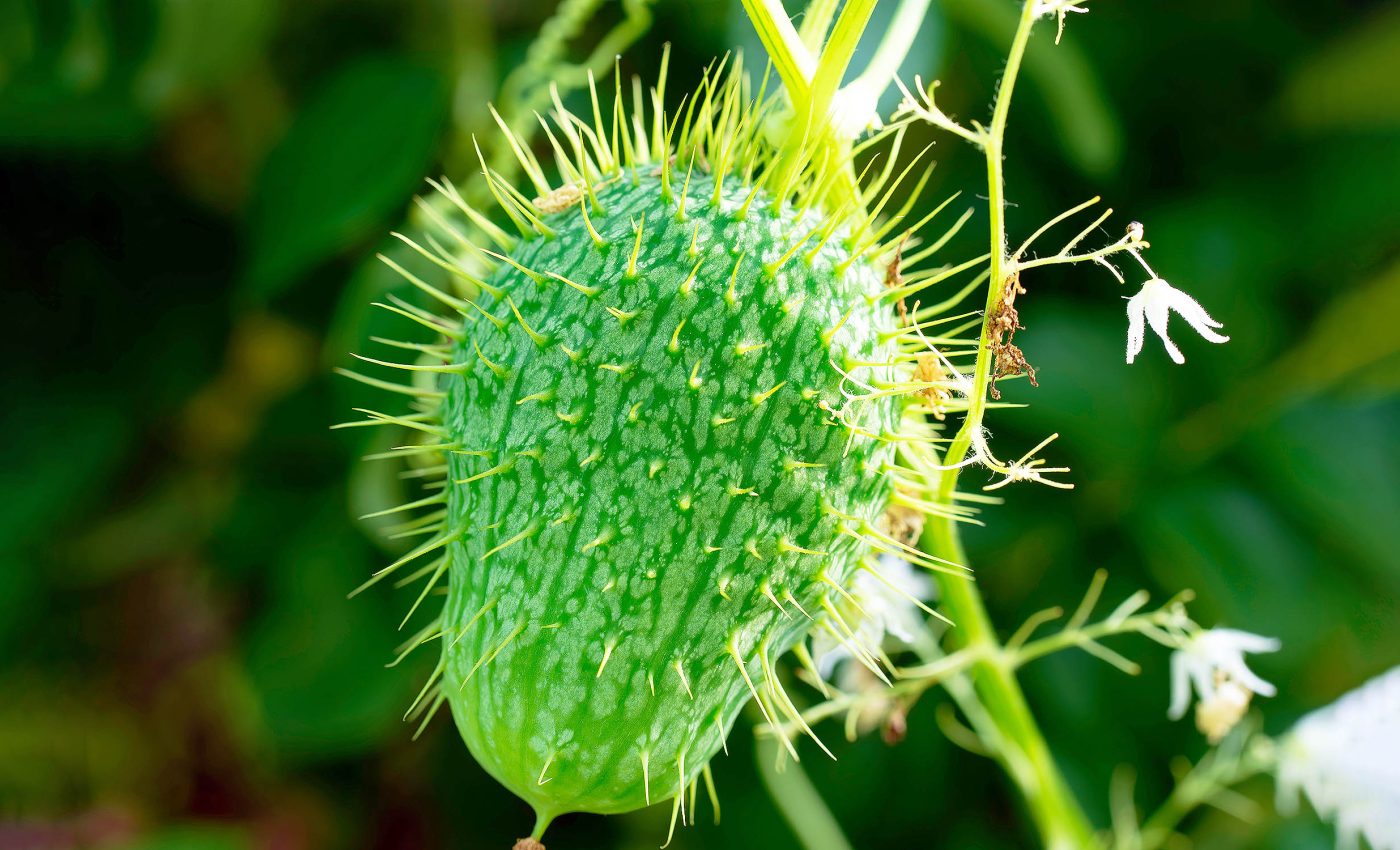
How the 'squirting cucumber' squirts and the trigger that makes it happen
There is a fruit called the ‘squirting cucumber’ that fires its seeds like mini ballistic missiles. But how does it do this? Researchers seem to have solved this mystery — a question that has baffled scientists for hundreds of years.
The results of a recent study, based on a myriad of experiments, high-speed videography, image scrutiny, and advanced mathematical modeling, are published in the journal Proceedings of the National Academy of Sciences (PNAS).
Understanding the squirting cucumber
The squirting cucumber, or Ecballium elaterium, derives its name from its unique method of seed dispersal.
As the fruit ripens, it transitions into a seed-launching machine, that can shoot out seeds enveloped in a jet of mucus-like fluid.
In a minuscule span of just 30 milliseconds, the seeds are propelled at speeds of around 20 meters per second or 44 miles per hour, enabling them to land a considerable distance away (approximately 10 meters or 33 feet).
This is equal to around 250 times the length of the fruit itself .
Decoding seed dispersal
Despite the fruit’s intriguing seed dispersal method, the mechanism behind it — as well as its impact on the plant’s reproduction — remained elusive until recently.
Scientists from the University of Oxford and the University of Manchester ran a battery of tests on Ecballium specimens grown at the University of Oxford Botanic Garden.
These experiments included capturing the seed dispersal in motion using a high-speed camera, conducting indentation tests, measuring the volume of the fruit and stem before and after dispersal, and observing the fruit’s changes through time-lapse photography.
Armed with this data, the team devised mathematical models to describe and understand the internal and external mechanics at play.
Fluid distribution in squirting cucumber
The team’s rigorous approach resulted in the identification of key features of the plant’s seed dispersal strategy.
These involve a highly pressurized system, fluid redistribution, rapid recoil, and variable launch – that together form a sophisticated launch system.
The fluid redistribution from the fruit back into the stem, a feature thought to be unique to the squirting cucumber, was among the most significant findings.
Fine-tuning for successful seed dispersal
The team’s mathematical model helped them explore the effects of altering different parameters, and revealed that the squirting cucumber’s seed projection method has been naturally fine-tuned for optimal dispersal and propagation.
For instance, making the stem thicker and stiffer led to a narrower dispersal area and, therefore, a lower survival rate.
On the other hand, reducing the fluid transferred from the fruit to the stem caused the seeds to be ejected at accelerated speeds but with a nearly vertical launch angle, again resulting in reduced dispersal and survival rates.
Mechanisms of a unique plant
“For centuries people have asked how and why this extraordinary plant sends its seeds into the world in such a violent way,” said Dr. Chris Thorogood, Deputy Director and Head of Science at the Oxford Botanic Garden.
“Now, as a team of biologists and mathematicians, we’ve finally begun to unravel this great botanical enigma.”
Dr. Derek Moulton, professor of Applied Mathematics at the Oxford Mathematical Institute, also participated in the research.
“The first time we inspected this plant in the Botanic Garden, the seed launch was so fast that we weren’t sure that it had actually happened. It was very exciting to dig in and uncover the mechanism of this unique plant,” Dr. Moulton explained.
Beyond seed dispersal
According to Dr. Finn Box, a Royal Society University Research Fellow at the University of Manchester, this study has implications beyond botany.

“This research offers potential applications in bio-inspired engineering and material science, particularly on-demand drug delivery systems, for instance microcapsules that eject nanoparticles where precise control of rapid, directional release is crucial,” said Dr. Box.
The squirting cucumber: A part of history
Ecballium elaterium, a member of the Cucurbitaceae family, which also includes melon, pumpkin, squash, and courgette, is native to the Mediterranean region where it is commonly regarded as a weed due to its effective seed-dispersal strategy.
This plant caught the attention of ancient Greeks and Romans alike, with naturalist Pliny the Elder describing its powerful seed launch centuries ago.
Conservation and future research
Given the squirting cucumber’s extensive use as a model for understanding complex biological phenomena, conserving its natural habitats becomes imperative. This plant holds significant scientific and ecological value.
Future research could investigate the genetic underpinnings of its unique dispersal system, linking it to other species within the Cucurbitaceae family to unravel shared evolutionary traits.
Additionally, exploring the potential for cross-disciplinary applications, from environmental management to biomimicry in engineering, could broaden our perspective on how such ecological marvels can benefit human society while preserving biodiversity.
The study is published in the journal Proceedings of the National Academy of Sciences.
Video Credit: Dominic Vella
—–
Like what you read? Subscribe to our newsletter for engaging articles, exclusive content, and the latest updates.
Check us out on EarthSnap, a free app brought to you by Eric Ralls and Earth.com.
—–













